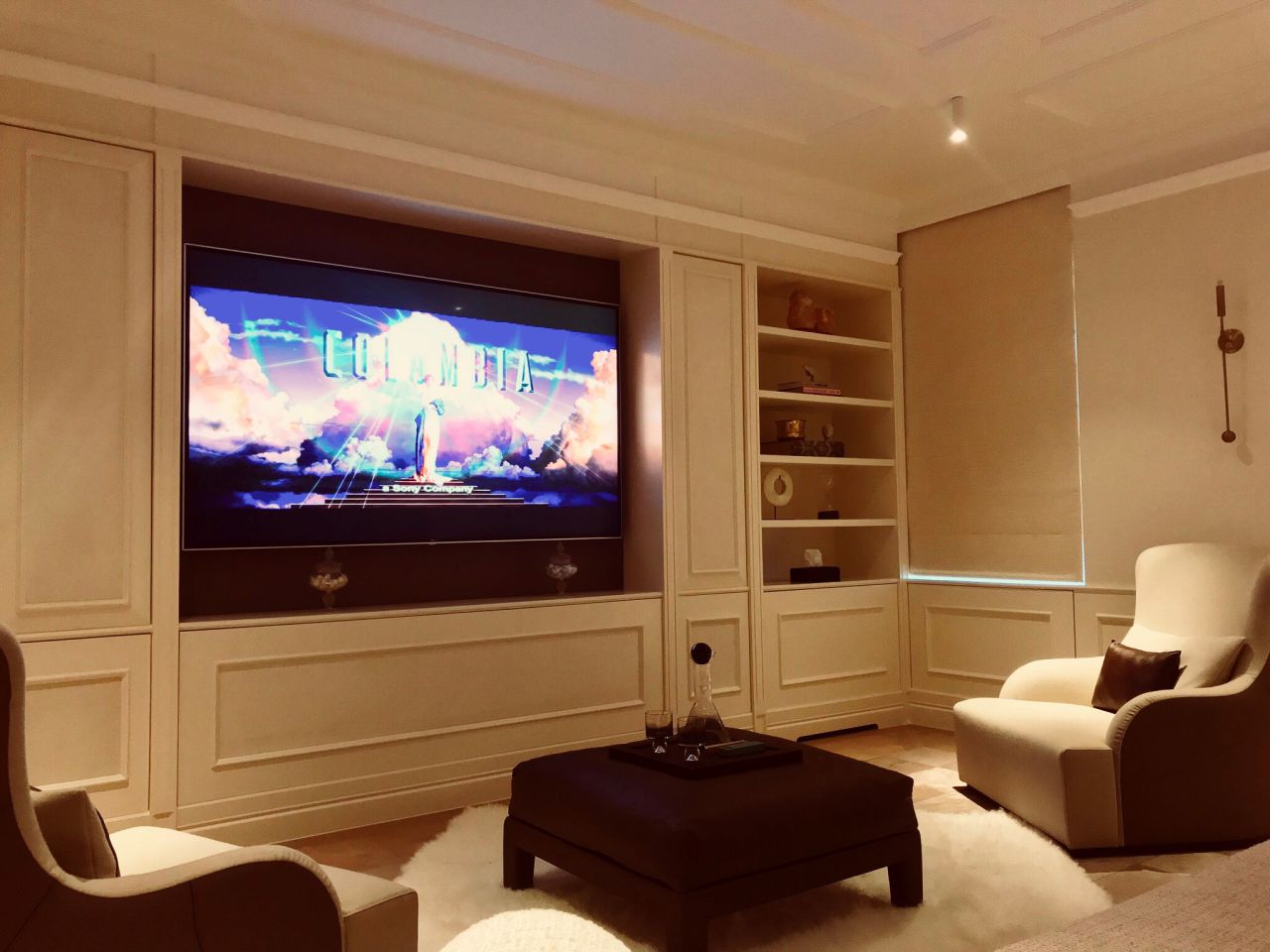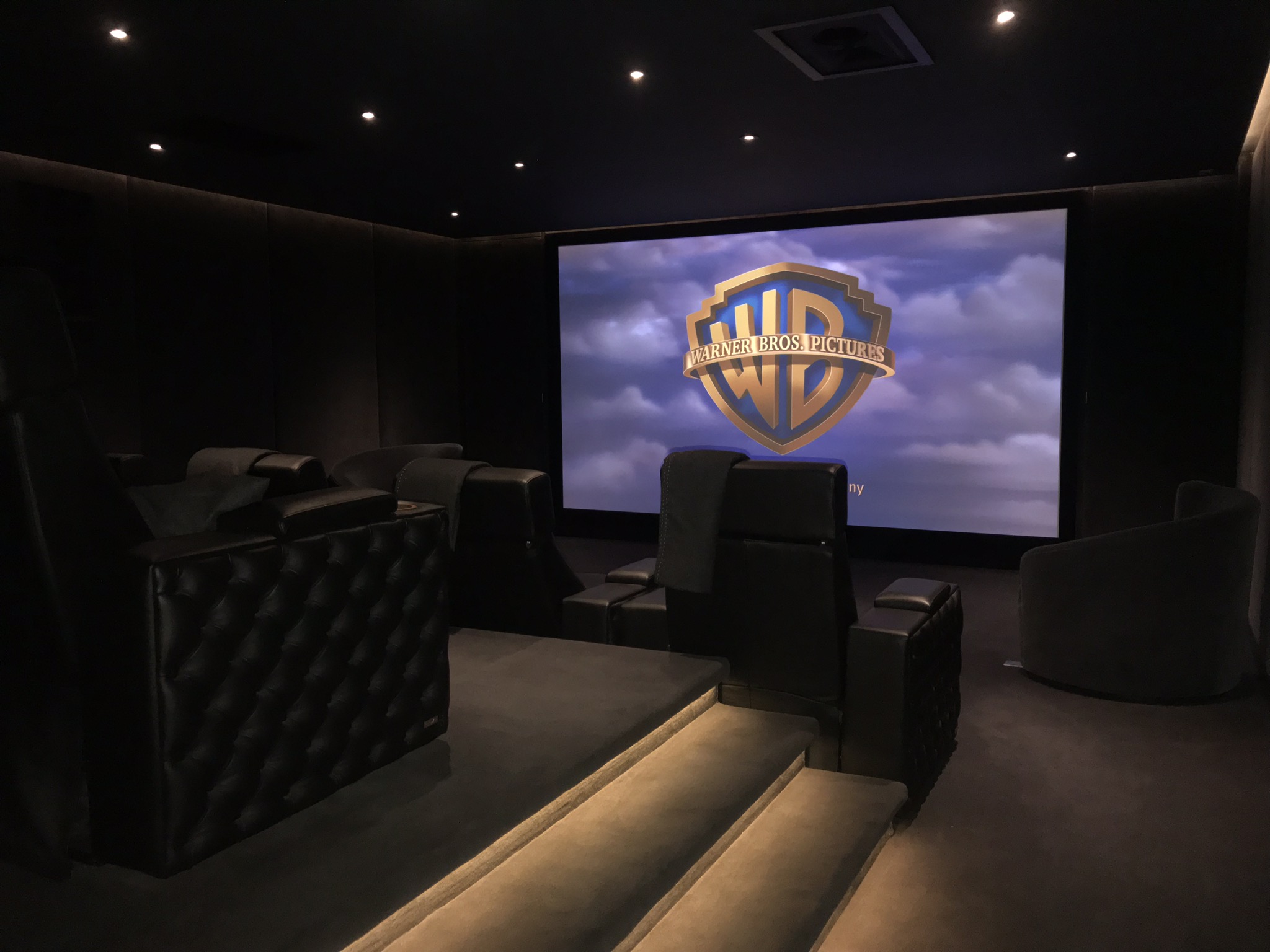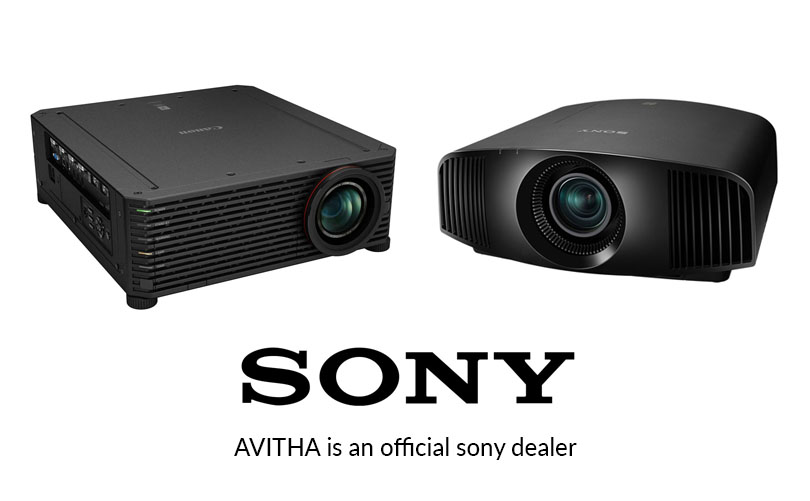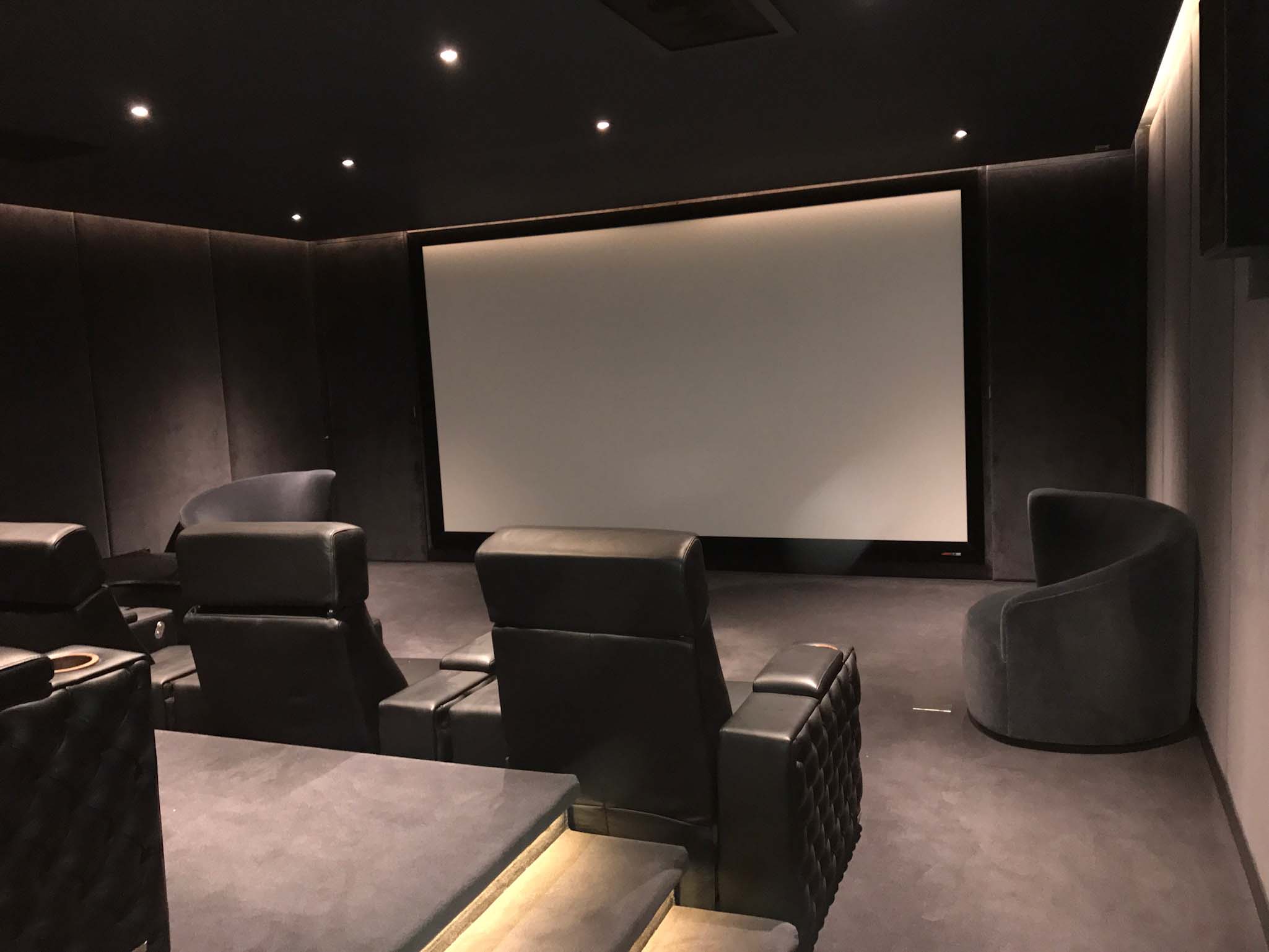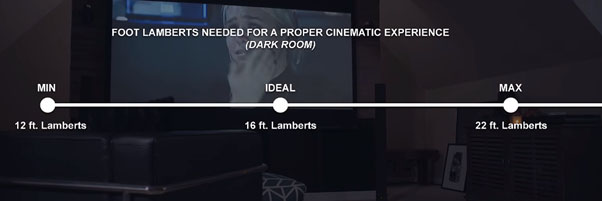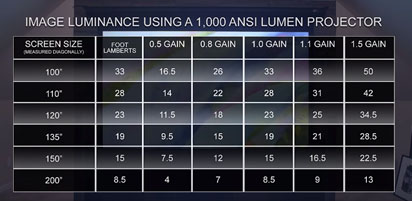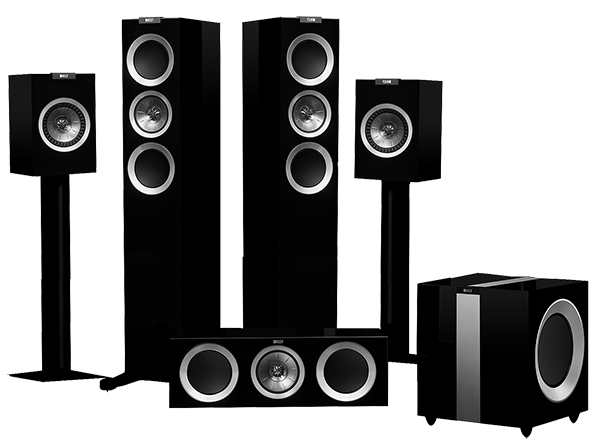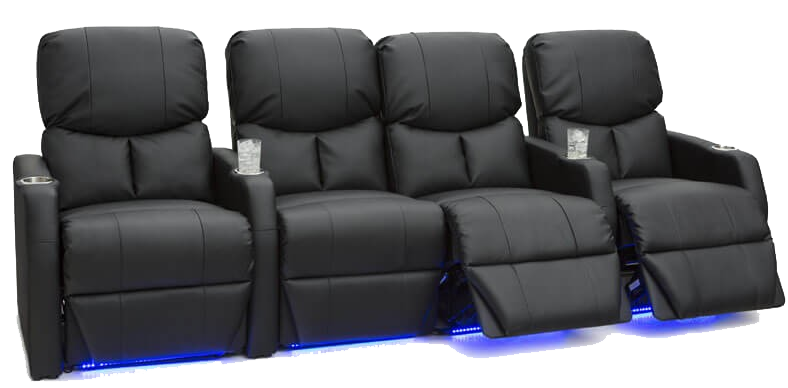The Ultimate Home Cinema Guide
Home cinema - luxurious entertainment system
A private home cinema room is the show of ultimate luxury. A professionally designed home cinema setup with its crafty furnishing, 4k projection, climate control, and mood lighting can be your gateway place after a long day at work. Spend quality time with your family and friends in your cinema room and enjoy the thrill of a movie theatre. You don’t have to worry about obnoxious guys shouting at the screen or giving out spoilers to ruin your appetite for the cinema. Apart from watching your favourite movies, it can also be used as your ultimate gaming room. If you have a large home and a place to spare, then there are countless other reasons for you to install a home cinema system.
Difference between home cinema and home theatre
Many people assume that a home cinema and home theatre is the same. While they may have their similarities, they are not the same thing. The main difference between home theatre and home cinema is that the home cinema needs a dedicated room for all the equipment, while the home theatre system can be incorporated into a multipurpose living room.
A Home cinema system requires a high-quality projector, large screens, purposely built furniture, curtains, etc. Even the walls of the cinema room must be coated with audio friendly objects. A home cinema room is designed for one purpose only, and that is to maximize the home owner’s cinema viewing experience. On the other hand, home theatres can be used as a media room where the owner can enjoy the cinema or music system.
Which one is suitable for you? It depends on your budget. If you have a considerably big budget, a spare room, and crave a luxurious home cinema system, then you should go for a complete home cinema installation. On the other hand, if you do not have an empty room, then you should get a home theatre system installed in your living room. If you choose a professional home theatre installer its possible to get a quality home theatre system within your defined budget.
Home cinema adds value to the property
According to the New York Times, a nicely designed home cinema room can add a lot of value to your property. Many luxury property hunters are now looking for smart home with a well-equipped cinema room. Online estate agency Tepilo has made a similar observation.
According to new research, 63% Brits say they would rather stay at home then go out to watch a movie. 35% of respondents also said they had created their home theatre at home clearly showing Brits prefer watching movies at their own home.
The cinema room
For your dream home cinema, you need a relatively spacious room. You will have to create your home cinema design based on the width and height of this room. Remember a complete home cinema installation requires specialist knowledge. Our advice is to contact a CEDIA certified home cinema specialist before your architect, or interior designer has completed the layout plan for the home cinema.
Rectangular rooms are much better suited for cinema rooms. Because achieving perfect acoustics is easier in rectangular shaped rooms than square rooms. If your room is square, do not worry, although it is complicated to achieve acoustic perfection in a square shaped room, it’s not impossible. If you want tiered seating, then you need to consider a place which has enough space between your floor and the ceiling to accommodate tiered seating. Think about the maximum number of people you expect to be seated in your home cinema while choosing a room.
Home cinema projector
There are mainly two types of projectors in the market, wall mounted and a ‘roll away’ projector. Wall mounted projectors are suitable for people with a dedicated cinema room where the projector is put in a fixed place on the wall. On the other hand, if you use the movie room for other purposes too, then a roll away projector is for you. These projectors can be hidden away easily if needed.
Now let’s talk about the desired brightness of your projector. Projector intensity is measured in ANSI Lumens. These usually start at 1000 lumens and can go as high as 2500 lumens. To decide how many lumens you need, take environmental attributes of your home cinema room into consideration. You need to consider the existing lighting from the room and find out how bright the projector should be.
If your dedicated cinema room has no ambient lighting, then 1000 lumens or more will produce the perfect projection on the screen. If the room has some external lighting, then you should choose a projector that has at least 1500 lumen of brightness.
Projector screen
Some materials reflect light better than the others so choosing the right projector screen is essential if you want a perfect home cinema setup. Also, it is important to remember that the best setup for one room can easily be a bad choice for another one even with the exact same equipment.
Now we will talk about finding the right screen surface, how the size of your screen can affect your need for lumens. We will also talk about acoustic materials, motorised and fixed screens.
Understanding ANSI Lumen and Screen gains for choosing the right screen
Amount of light a projector reportedly produces is represented in ANSI Lumen units. Higher the number, brighter the projector. While ANSI Lumens is essential, it is not the only feature. The other important factor to consider is screen size and gain.
The society of motion picture and television engineers has proposed a standard for the amount of light required for the perfect cinema viewing experience in a dark room. They propose at least 12 ft. Lamberts and maximum of 22 while ideal Lamberts is in the middle at 16 ft. When there are ambient lights present in the cinema room, the number rises to 50 ft Lamberts for the optimal cinema experience.
To find out required number of foot lamberts, we need to write down the ANSI Lumen figure from the projector and divide the number with square footage of the screen we are evaluating. As an example, let’s consider that our projector has about 1,000 ANSI Lumens and we have a 100-inch diagonal screen. If we divide the number of ANSI Lumens our projector produces with 30 square feet which is the number of square footages a 100-inch screen normally has, we will find about 33 Ft Lamberts after the calculation.
To find the perfect total light output of an image also known as luminance we must multiply our required number of foot lamberts (33) with the screens gain.
Foot Lamberts X Screen’ s Gain = Luminance of Image
Usually, grey screens have a gain between 0.5 to 0.9 while matte white screens can have a gain ranging from 1.0 to 1.4. If you select a screen with more gain, then you can choose a projector with less ANSI Lumen to achieve the best projection.
Here is a table showing how gain affects image Luminance for a variety of screen sizes all using a 1,000 ANSI Lumens projector.
From the above discussion it should be clear by now that, for bright and solid contrast, the projector and screen both play their roles. The larger the screen, the more gain it will need, or you can get a projector with a higher number of Lumens.
Higher the gain, the narrower the viewing cone. Viewing cone is the area where you can sit in front of the screen for the best picture without any degradation. Also, there is a problem with hotspots. High gain screens can have hot spots, areas where part of the screen is brighter than other areas which reduce the overall picture quality.
Fixed vs. retractable screens
Fixed screens are easier to install. Do not require much maintenance. Suitable for a home cinema with a dedicated room. Retractable screens cost more compared to fixed screens. Retractables use tensioning and other techniques to maintain its shape and performance. So, they do not become curved or start bulging. However, not maximally extending or stretching the retractable screens can cause damage.
Cinema Sound system
After picture quality, the sound system is the most crucial part of a home cinema. Without a highly specialized sound system, the home cinema will not satisfy your hunger for quality entertainment. For that reason, we will now discuss how to get the best quality audio from your home cinema.
If you are interested in surround sound systems then here is a new term for you, immersive audio. A lot of manufacturers are currently promoting speakers with immersive audio capabilities. Immersive audio means, sounds reach you from three directions. This makes you feel like sound coming from everywhere around you.
In an Immersive audio setting, internal speakers are set to direct sound towards you as well as from the side and upwards so that sound waves can bounce off the ceiling and you feel like some sounds are coming from above your head. Full multi-channel audio system such as Dolby Atmos features speakers that are installed on the ceiling in addition to the ones that are in the front and behind you for a total surround sound experience.
For the best sound output, you must be extra careful about your cinema rooms Acoustic. It is straightforward actually. Just remember Hard and flat surfaces reflect sound which causes echo while soft surface absorbs sound, that could make the sound appear little unusual. You will need to create the perfect balance of hard and soft surfaces for the best sound. 5.1 surround sound system should be good enough for your set up.
Lighting system
Lighting design for a home cinema needs to be done very carefully. The idea is to maximise the cinema viewing experience through lighting. Not to ruin it using excessively bright lights. There should be light sources placed strategically in the room to assist viewers to navigate when the lights are dimmed or its dark. There are many types of lighting available for cinema rooms, such as star ceilings light, staircase lighting, led downlights and many more. You can select a combination of these lighting systems when designing your cinema room.
Star ceilings light
Star ceilings light are very popular for a home cinema. These lights are kept on when the cinema is in use to create a magical sky effect for viewers. These are made of black felt covered panels and full of stars made from fiber optics. We use LED light sources for these starry lights. Irregular sizes make them appear natural, and we can programmatically set these lights to twinkle like real stars.
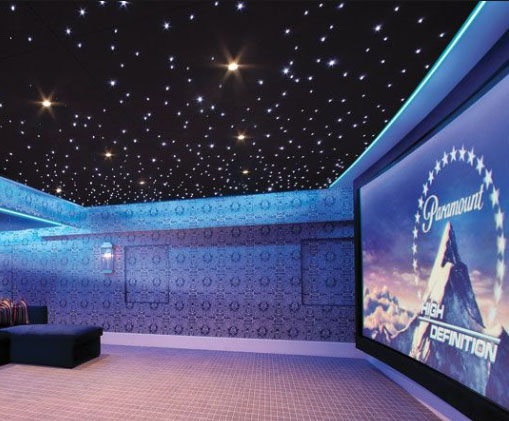
Staircase lighting:
If you have a tiered seating arrangement, then this can be used for navigation. You should install these lights in the stairs. They will help people move around the room without injuring themselves in the dark.

LED downlights
Home cinema with LED downlights shining from the ceiling can create awesome lighting perfect for your home cinema. It is especially useful if your cinema room needs a lit space for serving drinks and snacks to your guests.

Home cinema seating
There are many options available for home cinema seating, without proper direction, you may end up spending thousands of pounds for seats that do not work for your home cinema.
How spacious is your room? You need this primary information before you start shopping for seats and furniture. You need to consider that there must be enough spaces between aisles and rows for comfortable viewing. There are typically two types of seating recliners and non-recliners. If you want full recliner seats, then you will be able to fit only a few people into the room, and there needs to be a ample space between chairs to ensure they fully recline. On the other hand, if you use non-recliner chairs, then you should be able to put them closer together and fit more people.
You should also consider the dimension of the entrance, stairs, and hallway before making the selection. If you have a non-tiered arrangement, then make sure your seats do not have high backs which can restrict viewing in the back rows.
AVITHA is London’s premier home cinema installation specialist.We are CEDIA certified installers. We offer consultation service to all our clients. Contact us today for home cinema or home theatre system.

